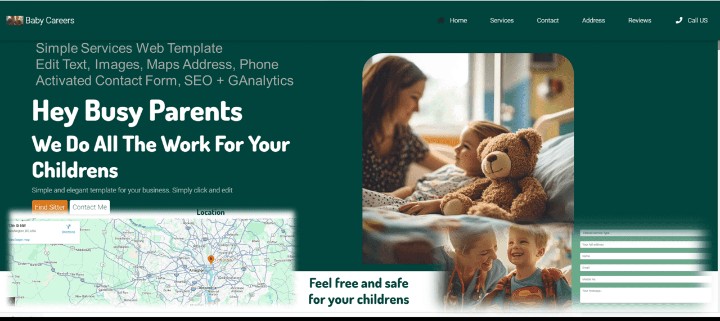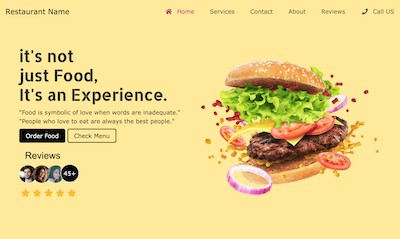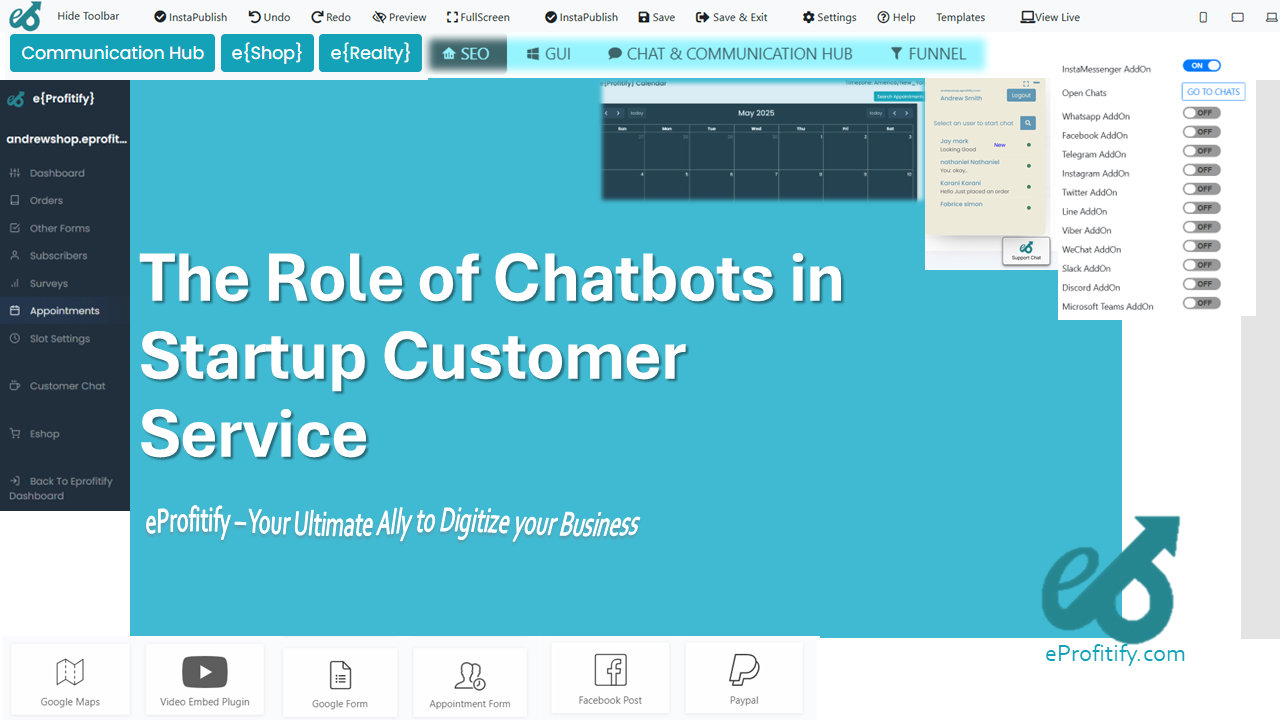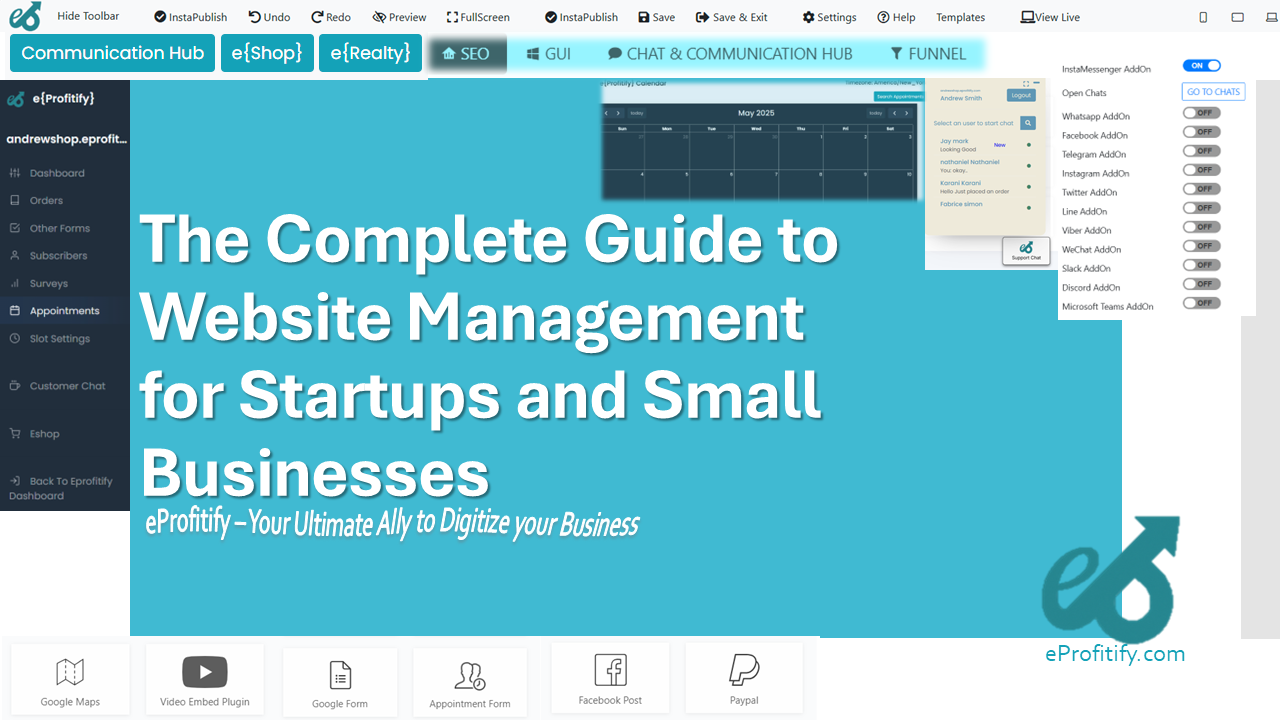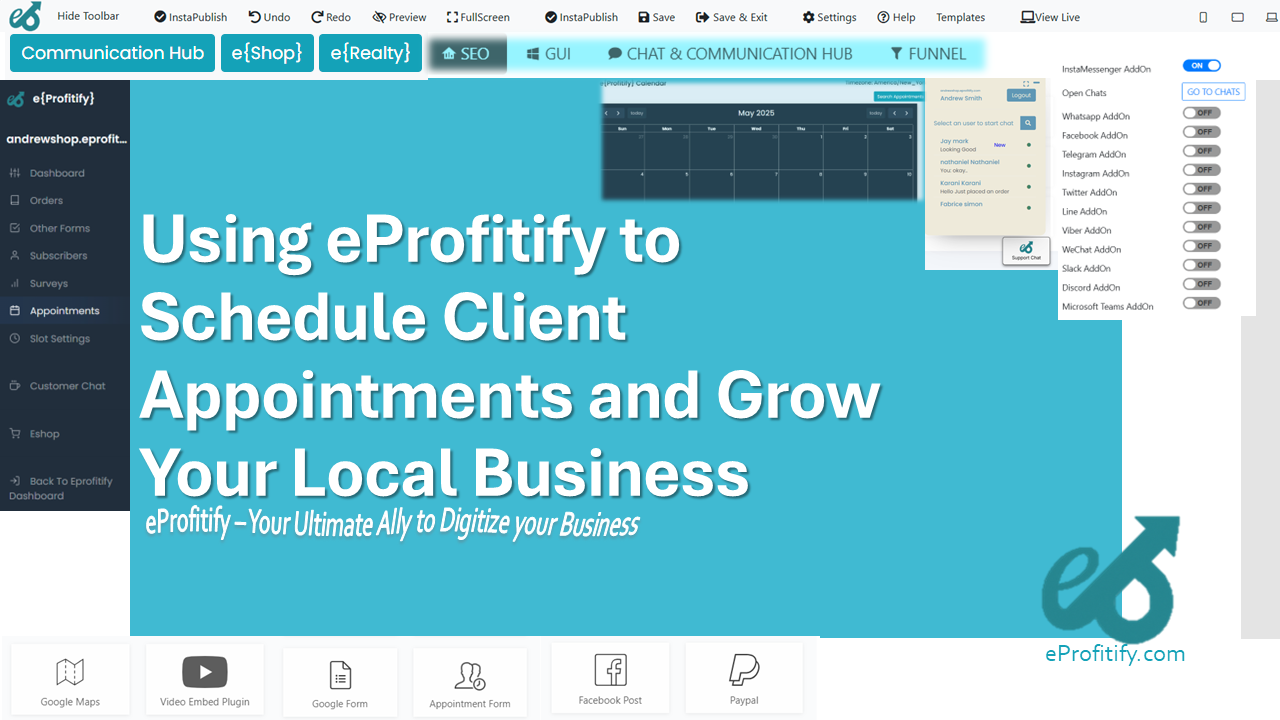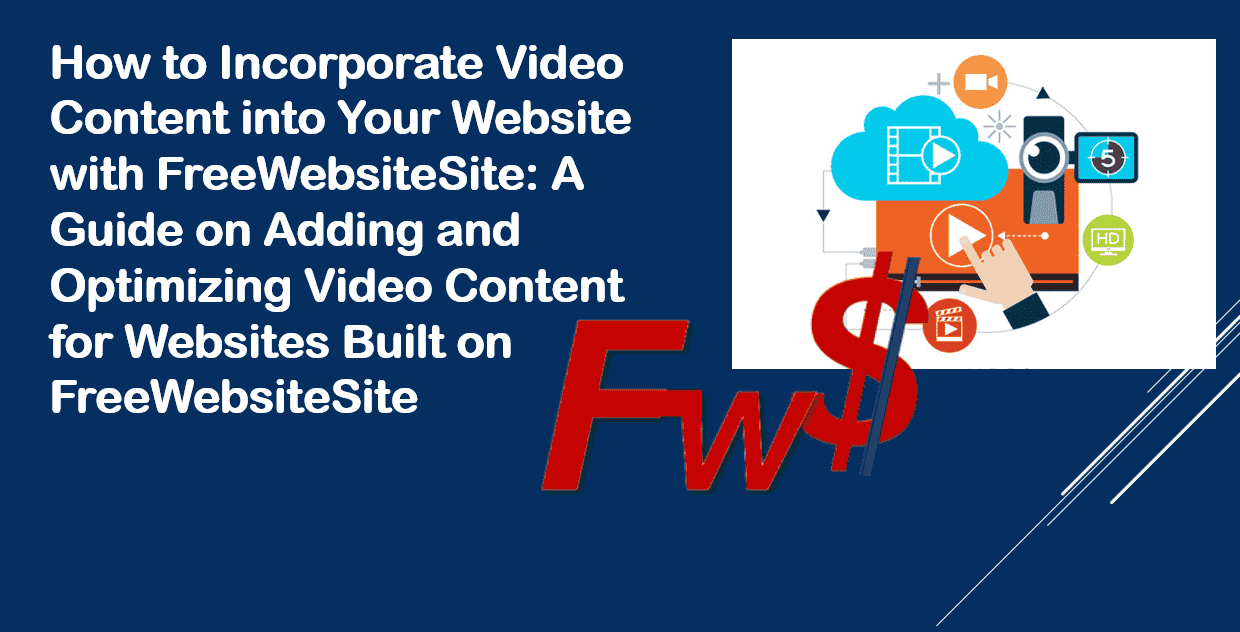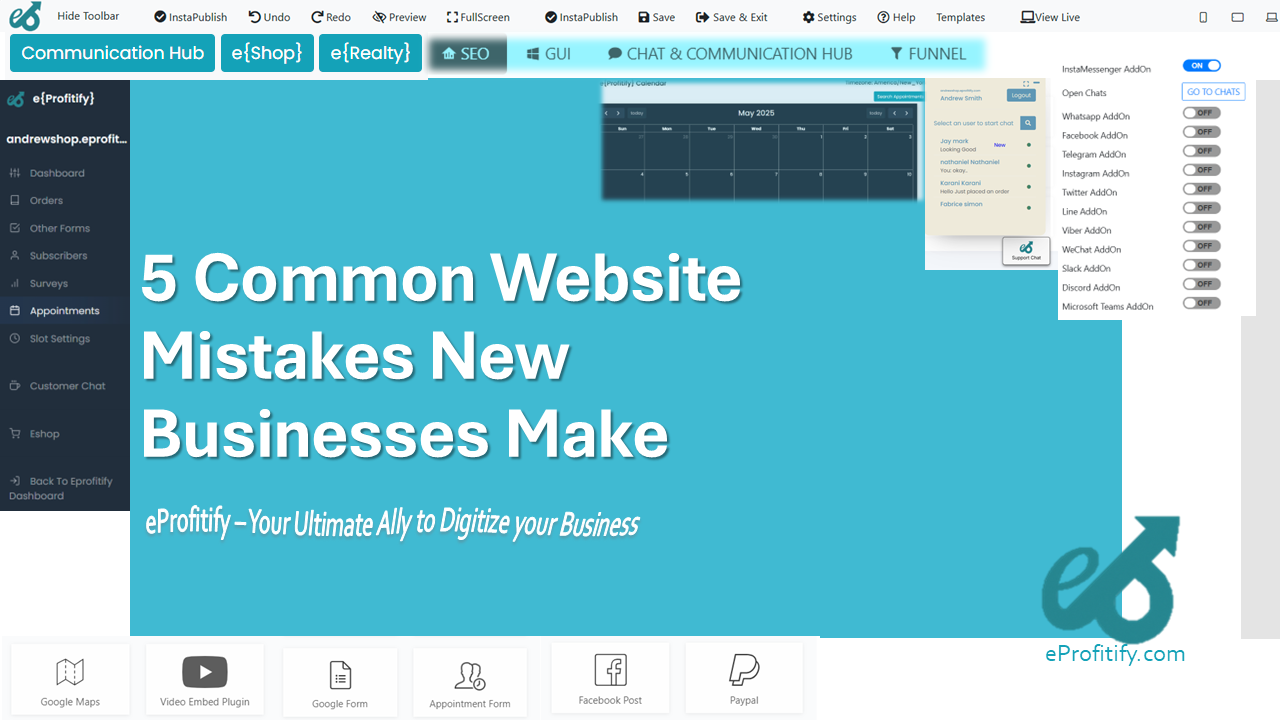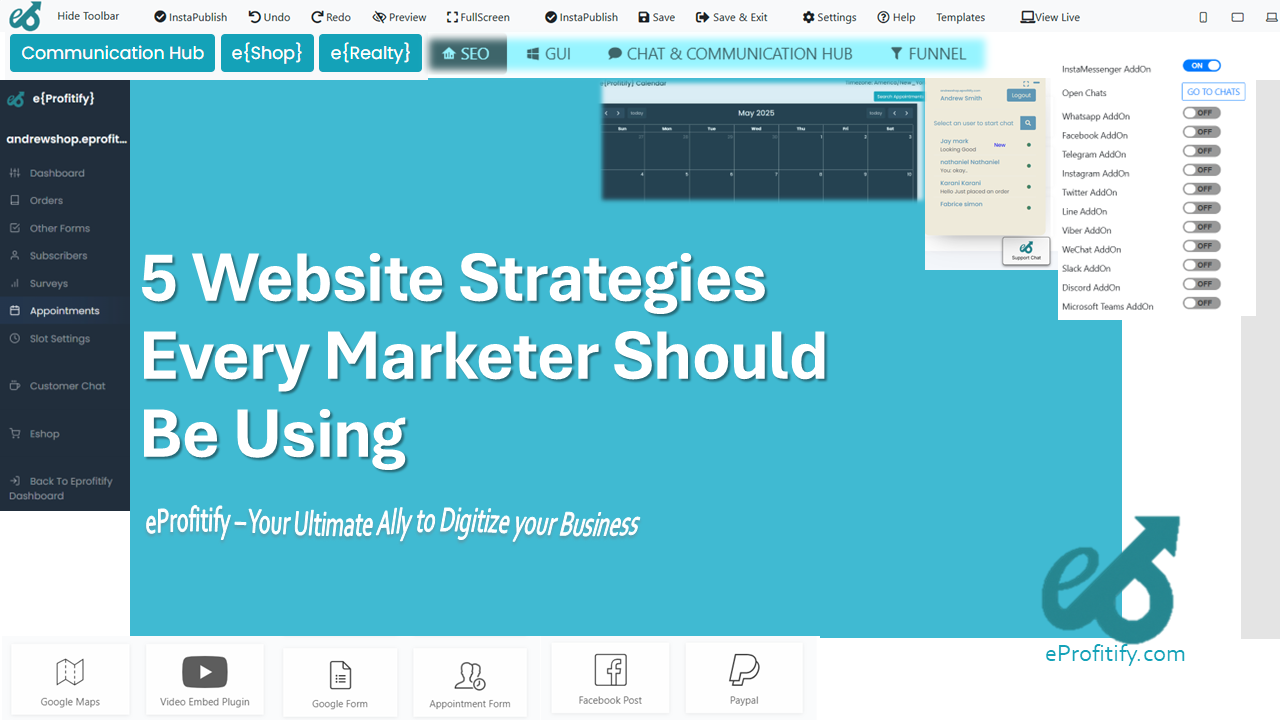How to Improve Mobile Site Speed for Better User Experience
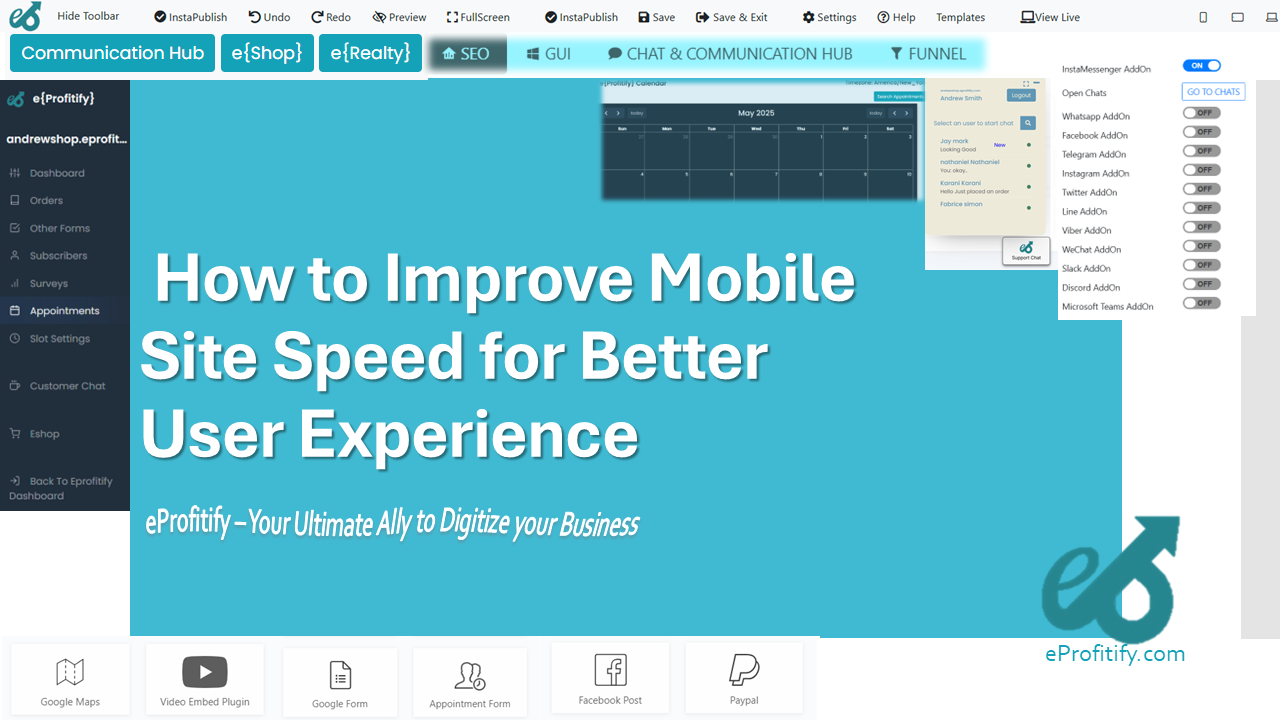
How to Improve Mobile Site Speed for Better User Experience
In today’s fast-paced digital world, mobile users demand instant access to information. A staggering 53% of visitors abandon a website if it takes longer than 3 seconds to load (Google, 2018). With mobile devices driving 58% of global website traffic (Statista, 2023) and mobile commerce sales expected to account for 72.9% of total eCommerce sales by 2023’s end (Statista), optimizing mobile site speed isn’t optional—it’s essential for retaining users, boosting conversions, and improving SEO rankings.
This guide explores actionable strategies to enhance mobile site speed and highlights how eProfitify, a leading website publishing and management platform, simplifies optimization with tools like instant messaging, CRM, and eCommerce integrations.
Why Mobile Site Speed Matters
- User Expectations: 47% of consumers expect pages to load in under 2 seconds (Portent, 2022).
- Bounce Rates: Pages that load in 1 second have a 32% lower bounce rate than those taking 3 seconds (Google).
- Conversions: A 0.1s improvement in mobile load times increases conversion rates by up to 8% (Deloitte).
- SEO Impact: Google prioritizes mobile-first indexing, making speed a key ranking factor.
8 Strategies to Improve Mobile Site Speed
1. Optimize Images
Images account for 44% of a webpage’s total size (HTTP Archive), making them the #1 culprit for slow loading.
How to Fix:
- Compress images without quality loss using formats like WebP (30% smaller than JPEG).
- Implement lazy loading to delay off-screen image loading.
- Use responsive images (e.g.,
<srcset>) to serve appropriately sized assets.
eProfitify Integration: Automatically compresses and converts images to WebP, reducing bandwidth usage by up to 50%.
2. Minify CSS, JavaScript, and HTML
Excess code slows rendering. Unused CSS rules and JS scripts can bloat load times.
How to Fix:
- Remove unused code with tools like PurgeCSS.
- Minify files using platforms like CSSNano or UglifyJS.
- Combine files to reduce HTTP requests.
eProfitify Advantage: Built-in code minification and bundling eliminate manual optimization.
3. Adopt a Mobile-First Design Approach
Prioritize content hierarchy for smaller screens to streamline delivery.
How to Fix:
- Simplify layouts for mobile users.
- Use accelerated mobile pages (AMP) for near-instant loading (AMP pages load in under 1 second on average).
- Avoid intrusive pop-ups that delay interaction.
eProfitify’s Solution: Offers mobile-responsive templates and AMP compatibility, ensuring fast, clutter-free experiences.
4. Enable Browser Caching
Returning visitors’ browsers can load cached resources locally, cutting server requests.
How to Fix:
- Set cache expiration headers (e.g., 1 month for static assets).
- Use Content Delivery Networks (CDNs) to store cached content closer to users.
eProfitify Feature: Integrates with global CDNs, reducing latency by 40–60%.
5. Reduce Redirects
Each redirect adds an HTTP request, increasing load time.
How to Fix:
- Audit redirect chains using tools like Screaming Frog.
- Update internal links to avoid unnecessary hops.
6. Upgrade Hosting Infrastructure
Shared hosting can’t compete with dedicated resources.
How to Fix:
- Choose cloud hosting with scalable bandwidth.
- Opt for servers geographically close to your audience.
eProfitify Hosting: Provides cloud-based, PCI-compliant hosting optimized for speed and security.
7. Eliminate Render-Blocking Resources
CSS and JS files that block rendering delay page interactivity.
How to Fix:
- Load critical CSS inline.
- Defer non-essential JS with
asyncordeferattributes.
eProfitify Automation: Prioritizes critical resources and defers non-urgent scripts.
8. Monitor Performance Regularly
Continuous testing ensures sustained improvements.
How to Fix:
- Use Google PageSpeed Insights or Lighthouse for audits.
- Track Core Web Vitals (LCP, FID, CLS) via Google Search Console.
How eProfitify Enhances Mobile UX Beyond Speed
While speed is critical, eProfitify excels as an all-in-one platform combining performance optimization with tools that drive engagement:
- Instant Messaging: Real-time chat boosts customer support without slowing your site.
- Appointment Management: Integrated booking systems reduce third-party script reliance.
- Ecommerce Tools: A streamlined checkout process improves conversion rates by 15% (Baymard Institute).
- CRM Integration: Track user behavior to personalize experiences without compromising speed.
eProfitify’s centralized dashboard ensures these features run efficiently, maintaining sub-3-second load times while delivering functionality.
Conclusion
Improving mobile site speed directly impacts user satisfaction, SEO rankings, and revenue. By optimizing images, minimizing code, and leveraging modern hosting, businesses can meet user expectations. Platforms like eProfitify simplify this process through automated optimizations, CDNs, and mobile-first design tools—all while offering CRM, eCommerce, and communication features to grow your business.
In a world where 73% of users report encountering a slow website (Unbounce, 2023), investing in mobile speed isn’t just technical—it’s strategic. Start with eProfitify to deliver the seamless experiences modern users demand.
